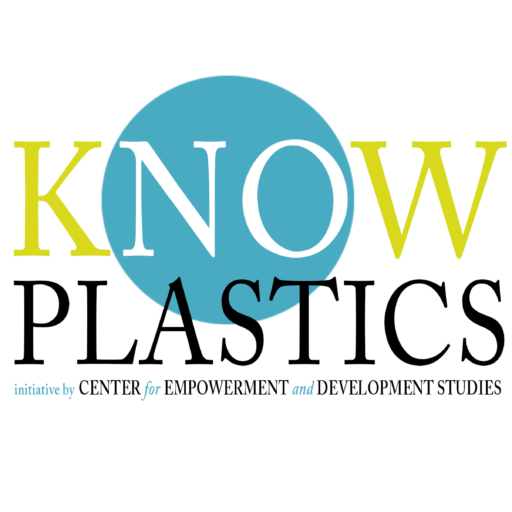The plastic crisis is one of the most serious issues confronting the planet.
At least 14 million tonnes of plastic wind up in our seas each year, with catastrophic implications for sea life ranging from strangling turtles to poisoning whales. Lowering the quantity of plastic we consume at the source is the primary solution, but people are also looking to technology, lateral thinking, and even other species to find a solution to the planet’s gigantic giant.
Mushrooms
Aspergillus tubingensis is a darkly pigmented fungus that thrives in warm environments. Its appearance is unremarkable, but it possesses one feature that has piqued the curiosity of scientists. The main issue with it is that it does not dissolve or break down, which is why we most likely have it within our bodies right now. Finding agents capable of breaking down polymers would be extremely beneficial. Microbiologists from Pakistan’s Quaid-i-Azam University discovered that Aspergillus tubingensis could destroy polyurethane (PU). “The fungus secretes enzymes that destroy the plastics, and in exchange, the fungus receives sustenance from it by dissolving the plastics,” explained Sehroon Khan, lead author. The fungus has the potential to that can come into use to break down plastic in landfills.
The Ocean Cleanup
The Great Pacific Garbage Patch, which lies between California and Hawaii, is the greatest concentration of plastic in the oceans. It was three times the size of France in 2018 and had a total weight of 80,000 tonnes. 2 Dutch engineers, led by a 24-year-old Dutch inventor named Boyan Slat, have unveiled ‘Device 001,’ an ocean cleanup system. It is a massive 600m long floating garbage collector that gathers plastic in a 3m deep skirt. Every several months, a garbage truck ship will collect it. The scientists developed and trialed the system using computer simulations and scale models in the hopes that it would be trialed in the Great Pacific Garbage Patch. Slat’s idea has received both acclaim and criticism, but for the time being, it is a matter of wait and see. Nobody knows what is going to happen.
Roads made from plastic?
An initiative named PlasticRoad also originated in the Netherlands. It is the first of its type, a stretch of bike path built of recycled it in the Dutch city of Zwolle. It is a method of reusing bottles, cups, and packaging made from them rather than burning or disposing of them in landfills. The road is made of 70% recycled plastic, but future versions will be made entirely of recycled plastic. According to the business, it is even more durable than asphalt. takes less time to build, and requires less heavy equipment, resulting in a lighter carbon impact. Zwolle’s first road is 30 meters long and contains the recycled plastic equivalent of nearly 218,000 plastic cups or 500,000 plastic bottle caps. In Overijssel, a second plastic road was erected in November 2018.
Seaweed instead
The struggle against plastic is prompting engineers and designers to look for alternative materials that can come into use to package goods. Bioplastics often come from renewable biomass, such as vegetable fats and oils, cassava starch, woodchips, or food waste. However, Evoware, an Indonesian start-up, uses seaweed as a solution. The firm collaborates with local seaweed farmers to make seaweed-based sandwich and burger wrappers, sachets for flavoring and coffee, and soap packaging. It is dissolvable in hot water or, to eliminate waste, the packaging is edible. Both sustainable and nourishing.
Social plastic
The most serious issue caused by plastic is its impact on marine life. According to some projections, by 2050, there may be more bits of it in the water than fish. One more abstract notion for preventing it from entering the environment in the first place. The Plastic Bank is a social venture that pays a premium for plastic garbage. People who collect it can exchange it for money, goods (such as gasoline or cook burners), or services like school tuition.
The project incentivizes individuals to collect ocean-bound plastic before it enters waterways. Therefore combating poverty, providing employment, cleaning up the streets, and lowering the quantity of rubbish that enters the seas. Plastic Bank’s goal is to make it too valuable to throw away by turning it into a currency. The business then sells the plastic to corporate clients, who pay almost three times the typical price of it. It has operations in several countries, including Haiti, Brazil, and the Philippines.


